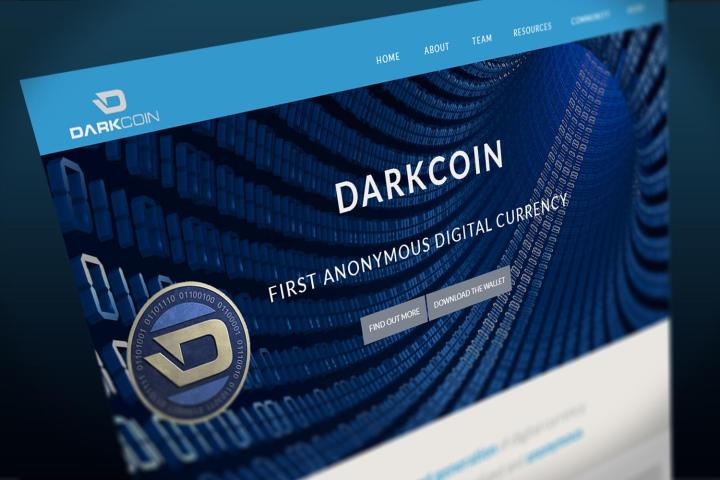
It’s not hard to understand the appeal of crypto currencies. It’s a fast and convenient way to buy drugs and launder money, which, to be clear, are not activities we condone in any way. The moral and legal implications of illegal transactions aren’t enough to serve as a deterrent to everybody, so it’s not surprising that cryptocurrencies continue to thrive.
The most famous brand of digital currency in existence is Bitcoin. If the Internet is to be believed, the first transaction using Bitcoin happened in 2010, when a Florida man named Laszlo Hanyecz exchanged 10,000 bitcoins for two Papa John’s pizzas. Since then, bitcoins have achieved a modest level of mainstream acceptance. Websites like Overstock and OKCupid are now accepting bitcoin payments and ATMs for the currency started popping up last year.
DarkCoin just passed Dogecoin to become the world’s fourth largest cryptocurrency.
However, as bitcoin becomes more ubiquitous, it’s gotten away from its intended purpose, which is to facilitate truly untraceable transactions. This is where Darkcoin comes in. The digital currency, which is being pushed as a more private alternative to bitcoin, is in the midst of a boom, multiplying its value ten-fold in just a month. According to Wired, it’s value has risen from 75 cents to $7 as combined coins total around $30 million. In terms of market capitalization, DarkCoin just passed Dogecoin to become the world’s fourth largest cryptocurrency.
While bitcoin has managed to manufacture a reputation for being more private than traditional currency, it has a security flaw that drives away some users. All transactions on the bitcoin network appears on a public ledger called the block chain.
“I believe the central problem with Bitcoin is that the public ledger, although a remarkable accomplishment, also allows a gross invasion of personal privacy by permanently listing all transactions the users have ever done publicly. I would imagine many groups are working to tie the addresses used to real identities and then following the money around to see what is happening with it,” said Darkcoin creator Evan Duffield in a blog post.
Darkcoin has improved on the Bitcoin system through a feature it calls Darksend. Any darkcoin transaction is automatically combined with the transaction of two other users so that it would be harder to analyze the blockchain.

While it is expected that there the cryptocurrency will attract a black market segment, it has also generated interest from legal businesses. A Canadian wine shop and a UK cannabis seeds seller (which is legal in the country) are among the first retailers to accept darkcoins. If you want a more detailed look at how the cryptocurrency works, we’ve put up a flowchart that explains the system in more detail, which you can find below.


